Jewish History: Holocaust

Ida Dehmel
Living a privileged existence in the wealthiest circles of German cultural society, Ida Dehmel became involved in circles of patronage of modern art that raised awareness for feminist issues, including women’s suffrage and equality for women’s artists’ associations. In 1916 she co-founded the Women’s Society for the Advancement of German Art.

Friedl Dicker-Brandeis
Friedl Dicker was an artist and educator who studied at the Bauhaus school then led art classes at Terezin. In the ghetto, Dicker taught drawing to hundreds of children, designed sets and costumes for children’s performances, and made an exhibition of children’s drawings in a basement. She also created her own sketches, many of which were discovered in the 1980s.
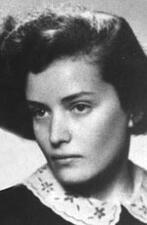
Gusta Dawidson Draenger
Gusta Dawidson Draenger was active in resistance movements during World War II, enduring imprisonment and torture. Her famous work, Justina’s Diary, recalls her experiences within the resistance and while incarcerated.
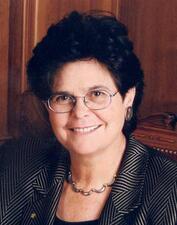
Ruth Dreifuss
Ruth Dreifuss was the first Jewish member of the Federal Government of Switzerland and the first female President of the country. When she became President of the Confederation in 1999, she was the first Jew and the first woman to hold the office.
Sophia Dubnow-Erlich
After finishing her education, Sophia Dubnow-Erlich became an active member of both the Social Democratic Labor Party and the Jewish Labor Party and wrote for Bund journals before fleeing Vilna for Warsaw in 1918. After emigrating to America in 1942, she remained politically active and continued her prolific writing career.

Julie Johanna Engel
Julie Johanna Isner Engel dreamed of becoming a professional opera singer in Germany in the 1930s, but the rise of the Nazis interrupted that dream. Escaping to the United States, she trained her voice in synagogue choirs and local opera performances. In the 1970s, she took a cantorial position at a synagogue in Queens, one of a pioneering generation of women cantors.
Lotte Errell
Photojournalist Lotte Errell worked tirelessly to make her adventurous travels in Africa, China, and the Middle East accessible to her readers at home in Germany and beyond. Her success illustrates how photography and travel journalism provided women with new possibilities for independence and careers. Errell traveled the world throughout the 1930s taking photos and writing essays, but she was interrupted in the 1940s by the war.

Rachel Ertel
Born in 1939, Rachel Ertel is a translator and an essayist. She remains one of the most prolific translators from Yiddish to French and dedicated her life to the survival of Yiddish culture in France and America.
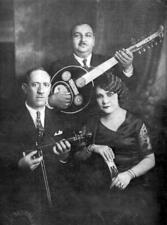
Rosa Eskenazi
Ruth Fainlight
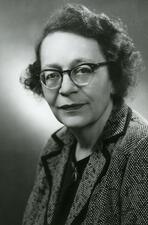
Minna Regina Falk
Minna Regina Falk was a historian, writer, and professor who is remembered for her work on German history. She became the first female full professor in New York University’s history department in 1963.
Family During the Holocaust
Although Jewish family life was destroyed and restructured in many ways during the Holocaust, it still often provided strength and a sense of normalcy. In many cases women became the family’s main income earner and were charged with many new tasks and responsibilities. Families were also frequently broken up by deportation, escape abroad, and death.
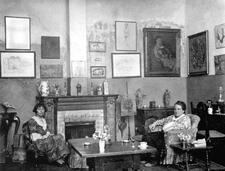
Fiction in the United States
Literature by American Jewish women reflects historical trends in American Jewish life and indicates the changing issues facing writers who worked to position themselves as Americans, Jews, and women.
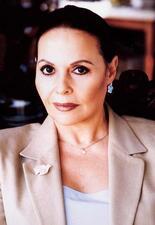
Filmmakers, Israeli
![Fink, Ida - still image [media] Fink, Ida - still image [media]](/sites/default/files/styles/gallery_item/public/mediaobjects/Fink-Ida.jpg?itok=13g8CE7y)
Ida Fink
A Polish-born writer who survived the Holocaust, Ida Fink published several collections of short stories and a novel that explore the experiences and after-effect of the Holocaust. Her subtle and nuanced writing brings memory and imagination to bear on a traumatic past.
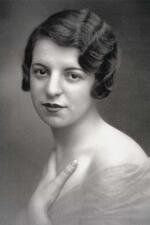
Paulette Weill Oppert Fink
After Paulette Fink’s husband, serving in the French Army, escaped capture, Fink and her family fled to the unoccupied zone of France and joined the Resistance, hiding Jewish children and helping them escape. Despite her husband’s death, Fink continued working with the Resistance and the Jewish Brigade. When the war ended, she continued her work with refugees before settling in Minneapolis.
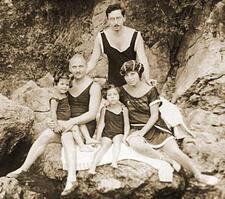
Gisi Fleischmann
Gisi Fleischmann was a steadfast and brave fighter in the underground resistance to Nazism during World War II. Many times, she refused to escape Slovakia to safety and instead chose to stay and fight for her people to the bitter end.

Flory Jagoda
Flory Jagoda is a singer, musician, and composer who has promulgated and enriched the Sephardic and Ladino (Judeo-Spanish) musical and folkloric tradition in the United States. Born in 1923, in Sarajevo, Bosnia (formerly Yugoslavia), she managed to leave Nazi-occupied Yugoslavia and avoid the sad fate of the extended family that nurtured her musical talent and Sephardic heritage. The popular Hanukah song, Ocho Kandelikas, is one of her many original compositions in Judeo-Spanish.

Dvoyre Fogel
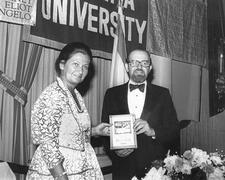
Modern France
From the French Revolution to the twenty-first century, Jewish women in France have undergone radical legal, political, cultural, and religious transformations. Seizing upon the increasing number of opportunities available to them, both as Jews and as women, Jewish women have left their marks on all areas of French society.
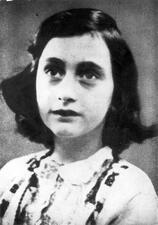
Anne Frank
Anne Frank is famous for the diary she wrote during the Holocaust, in which she describes her life while hiding in an Amsterdam attic. She was caught and perished in Bergen-Belsen. Her diary, which is often part of school curricula, has become one of the central symbols of the Holocaust and human suffering.
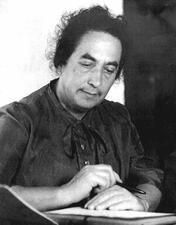
Recha Freier
German-born Recha Freier founded Youth Aliyah in 1933, which assisted in sending Jewish European teenagers to Palestine prior to World War II to be trained as agricultural pioneers on kibbutzim. Although she was responsible for saving the lives of many thousands of Jewish youth, Freier’s efforts were not officially acknowledged until 1975, when she was eighty-three years old.
Marta Friedländer-Garelik
Just the third Austrian woman to establish a legal practice, Marta Friedländer-Garelik’s law career was cut short by the 1938 Anschluss. She was able to escape Vienna through passage to Ireland, where she discovered her talent for handicrafts. After immigrating to Texas in 1941, Friedländer-Garelik started her own very successful knitwear factory.
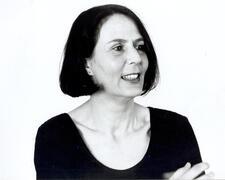
Carl Friedman
Carl Friedman was a Dutch writer who published several international bestsellers about the Holocaust and second generation trauma. Though writing from a Jewish perspective, in 2005 it was revealed that Friedman did not have a Jewish background. The controversy marred Friedman’s literary career.
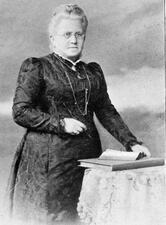
Germany: 1750-1945
The Jewish Reform movement did not liberate women from their subordinate religious status, and the nineteenth-century bourgeois German family ideal with its rigid gender roles soon eclipsed the fluid structure of premodern Jewish families. Jewish women were expected to transmit German bourgeois values while also shaping their children’s Jewish identity.


